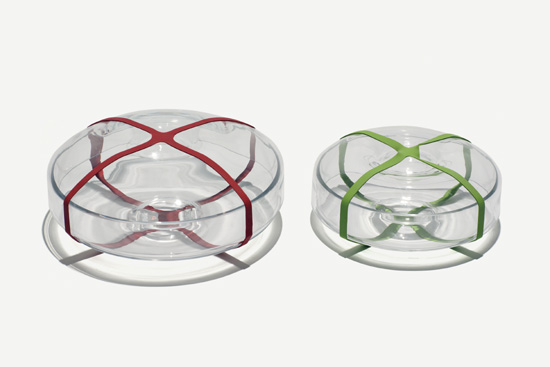http://www.novalynx.ca/NLDenmark/photographs/Himmelbjerget_Mountain_24.jpg
I was first struck by Summerhayes' explanation of the relationship between Danish landscape and Danish design. She references Denmark's "gently rolling landscapes" which present "no dramatic natural contrasts, and similarly the climate has no extremes" (4). This mellow landscape seems to have influenced designers to create design that was not ornamental but as simple and clean as the place they lived. Because of their limited resources, quality of craftsmanship, as opposed to quantity, was of the foremost importance. Such a dedication to craftsmanship, Summerhayes explains, stems from Denmark's late participation in the Industrial Revolution. Understanding Denmark's landscape and their dedication to craftsmanship as a byproduct of a reluctance to become industrialized presents a clear contrast from the United States. Contrary to Denmark, who over time lost wide expanses of territory, the United States encompasses vast areas of land, many of which are highly productive. The United States' notion that they had a never ending array of resources in addition to their highly expansionist mindset and quick entry into the Industrial Revolution as a means of surpassing their European counterparts explains why design is not as integral to Americans as it is to the Danes. Where as Danes are most concerned with function, craftsmanship, and even beauty, Americans are most interested in quantity, rapid production, and quick turnover. Americans are not as concerned with longevity, and as a result design suffers.
Another interesting point Summerhayes makes is in reference to Danish schooling, especially in regard to the Folk High Schools that "emphasized the importance of technical skills in everyday life, so that today creativity is an essential part of Danish living" (8). Unfortunately, the American educational system does not emphasize creativity as an essential part of everyday life, nor does it value it highly, especially in public schools. Here then, I gained an important insight into my design in Denmark is not just in boutique furniture stores or the homes of the very wealthy but is integrated into the everyday life of all Danish people. Referencing the Danish Designer, William Morris, Summerhayes explains that there was "a need for art and the crafted object to no longer be created solely for an elite, but to be available for the enjoyment of everybody" (10). This need is precisely what Danish designers were able to fulfill and reflect their true dedication to Democratic government, much more so than the United States who seems to be increasingly interested with Corporate interests than the needs of its people. Their respect designs reflect these values.
Hans J. Wegner, Shell Chair, 1948
http://www.danish-furniture.com/images/hans-wegner-shell-chair.jpg
http://www.danish-furniture.com/images/hans-wegner-shell-chair.jpg
Reading Summerhayes' essay gave me the impression that the Danes held a great deal of respect for their design, especially considering that it reflects their values, history and geography. That said, I was surprised to read "A new Danish design strategy," by The Danish Fund. It's focus on China and New York was not what I expected to hear. But as a read further, I understood that the international marketing was less about combining ideas and more about spreading Danish design across the globe. Also, I considered the importance of exporting for a country as small as Denmark. It seems as if the livelihood of Danish design will depend on larger foreign markets in the future. If this means more of the world will gain more of the Danish aesthetic, I fully support the strategy.
http://www.designboom.com/weblog/read.php?CATEGORY_PK=&TOPIC_PK=2910





I like your analysis. I'd be interested in the Danish perspective on sustainable environments and design principles. As a small country with limited resources, I'd expect that they would be sensitive to overshoot plus contingency planning in case their imported goods were ever disrupted.
ReplyDelete